Same Day Shipping EMI & COD on most products
Trusted Partner Since 1969
GST B2B Billing  Help
Help  00919699976817
00919699976817
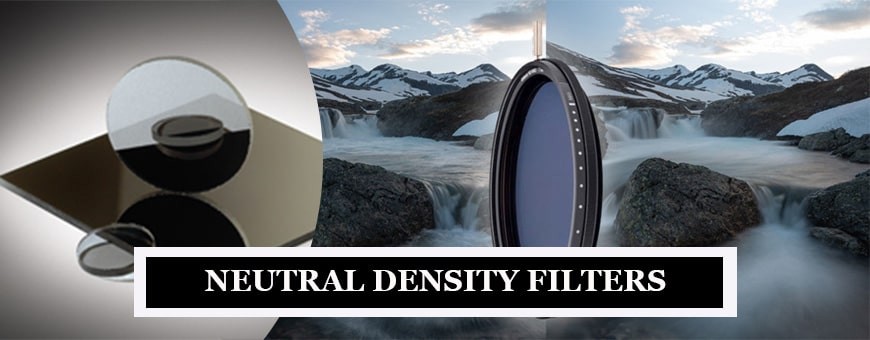

Showing 1–24 of 140 results
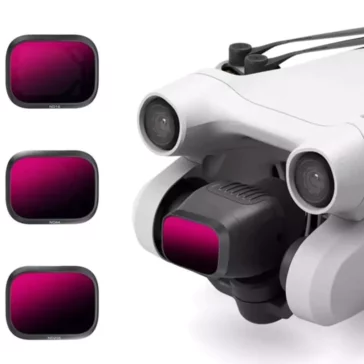
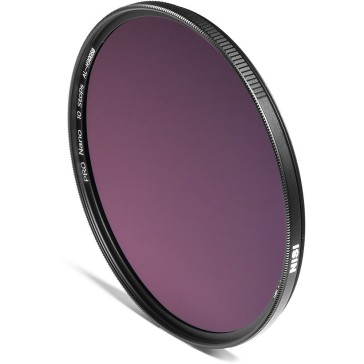
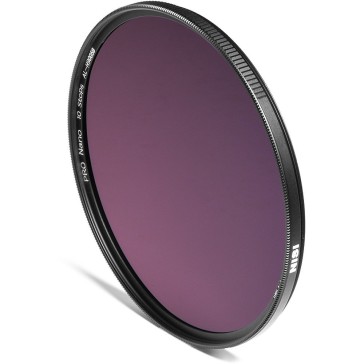
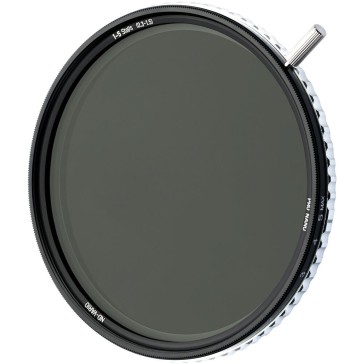
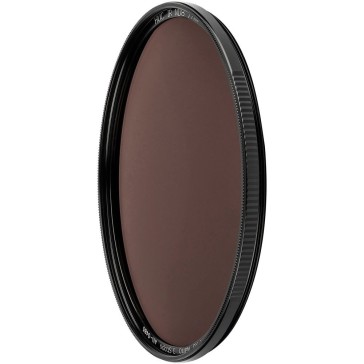
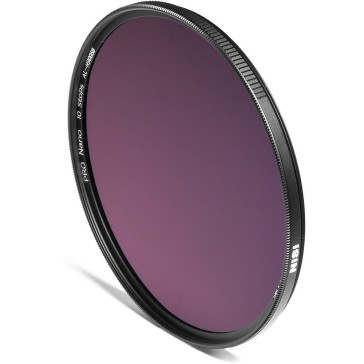
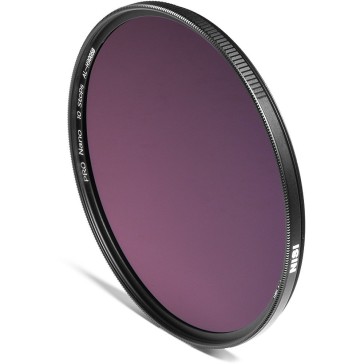
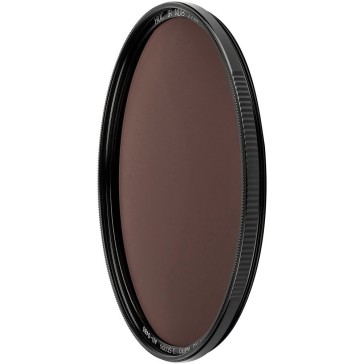
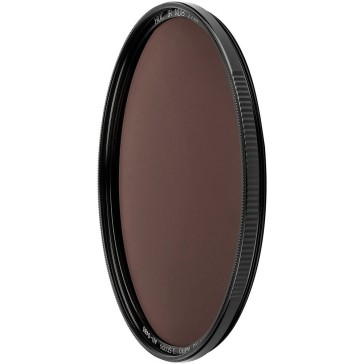
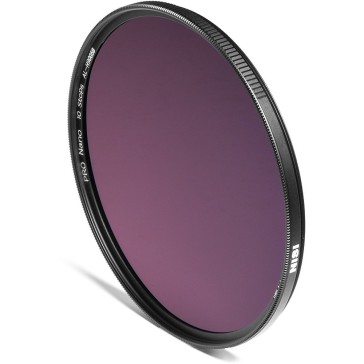
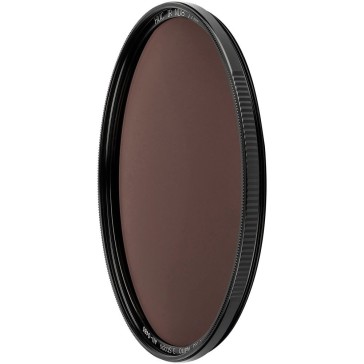
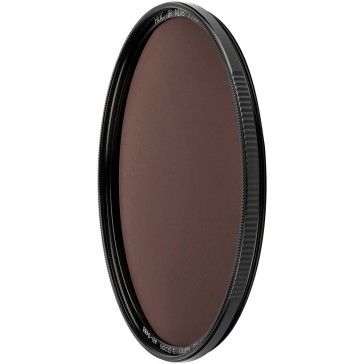
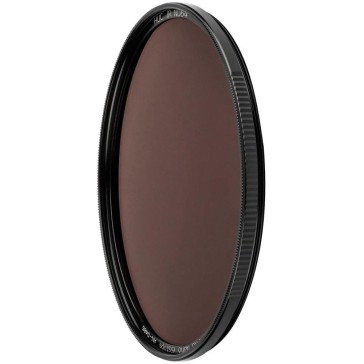
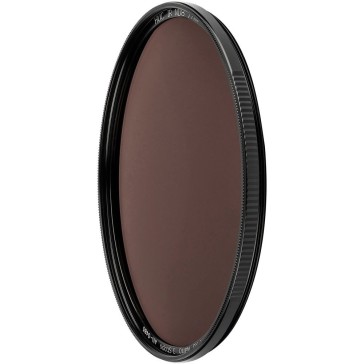
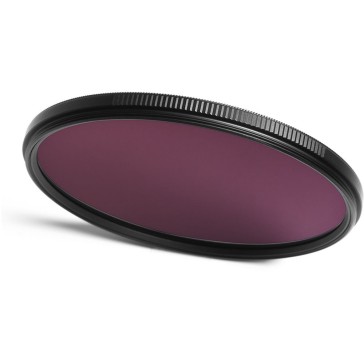
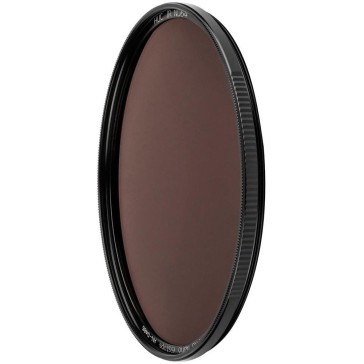
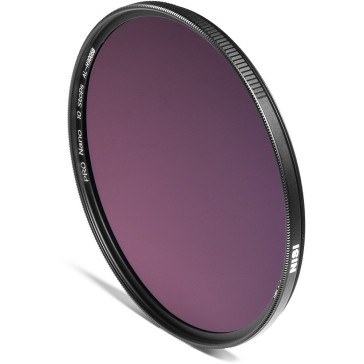
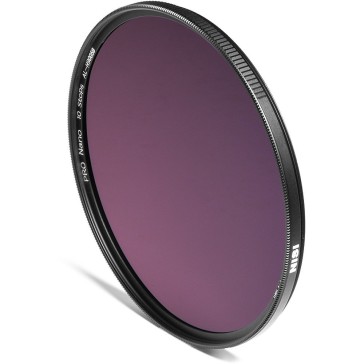
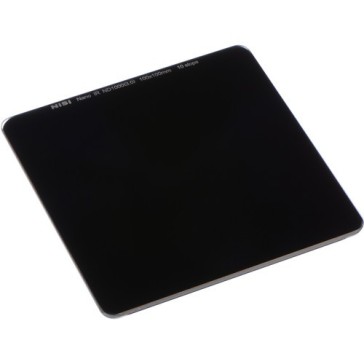
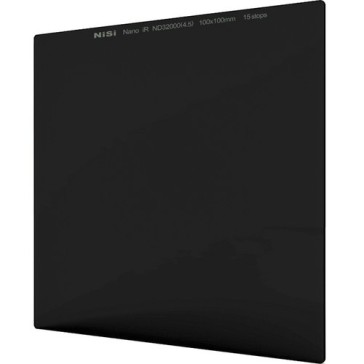
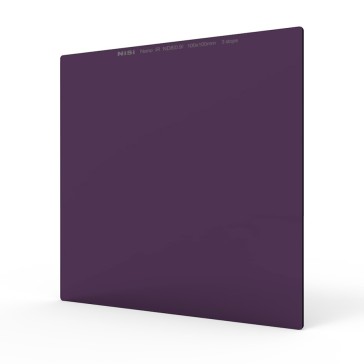
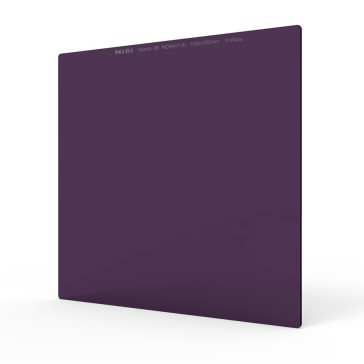

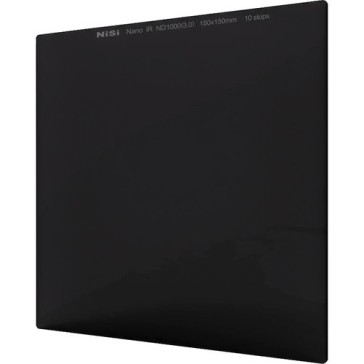
Photography is an art, and like any form of art, it requires the perfect balance of tools and techniques to bring a vision to life. Among the arsenal of tools that photographers rely on, Neutral Density (ND) filters stand out as particularly important, especially for those looking to capture stunning landscapes, serene waters, and dramatic skies.
What is a Neutral Density Filter?
A Neutral Density filter, commonly referred to as an ND filter, is like sunglasses for your camera. It reduces the amount of light entering the lens without affecting the color or contrast of the image. This gives photographers greater control over exposure settings in bright conditions, allowing for more creative flexibility.
The Power of Long Exposures
Imagine capturing the smooth motion of water in a waterfall or the bustling movement of a city street. With ND filters, you can achieve longer exposure times even in daylight, rendering moving elements in a silky or blurred manner. This technique can transform an ordinary scene into a mesmerizing photograph.
Choosing the Right ND Filter
ND filters come in various strengths, denoted by how many stops of light they reduce. For instance, an ND2 filter will reduce the incoming light by 1 stop, while an ND64 would reduce it by 6 stops. It’s crucial to choose the right density based on the intended effect and ambient light conditions.
Stacking for Maximum Effect
For those times when one ND filter isn’t enough, stacking multiple filters can achieve the desired density. However, it’s essential to ensure that the quality of the image isn’t compromised. Using high-quality ND filters can make a significant difference in the final shot.
Caring for Your ND Filters
Proper care ensures the longevity of your ND filters. Always store them in protective cases and clean them with a microfiber cloth to avoid scratches and ensure optimal performance.
Post-Processing and ND Filters
While ND filters offer fantastic in-camera effects, post-processing can amplify their impact. Adjusting contrast, sharpness, and saturation can bring out the best in photos taken with ND filters. Remember, the best images often result from a combination of in-camera technique and post-processing magic.
In Conclusion
Neutral Density filters are indispensable tools for photographers looking to expand their creative horizons. Whether capturing the ethereal motion of a waterfall or the subtle movements of clouds across the sky, ND filters provide the flexibility needed to achieve stunning results. Like all tools, mastering their use requires practice, patience, and an understanding of their potential.
Neutral Density filters serve to reduce the amount of light entering a camera’s lens without altering the color of the scene. This allows photographers to use slower shutter speeds, open their aperture, or both, even in bright conditions. Such capabilities are vital for achieving effects like motion blur in daylight.
While both ND filters and polarizing filters modify the light entering the lens, they serve different purposes. An ND filter reduces light uniformly across all wavelengths, allowing for longer exposures or wider apertures. A polarizing filter, on the other hand, reduces reflections and can enhance colors, especially in the sky and water.
Absolutely! ND filters can be beneficial for portrait photography, especially when shooting in bright conditions. They allow photographers to use wider apertures, which can create a shallow depth of field, thus blurring the background and making the subject pop.
While ND filters offer many advantages, they can also introduce challenges. For instance, using very dense filters can make it hard to see through the viewfinder. Additionally, lower quality filters might degrade image sharpness or introduce color casts.



Most units are shipped same day using professional courier services with tracking.
We work round the clock to ensure you get the highest level of customer satisfaction.
Well packed, Sealed Units are shipped from our warehouse which are waterpoof & sturdy.
Design Info
GST: 27AYUPJ2628P1ZK
No.1, Saremals, Shastri Hall Building,
Nana Chowk, Grant Road West,
Mumbai 400007, Maharashtra, India
New Delhi Branch – South Ex 2, 110049
Also Ships DAILY from Brisbane, Dubai,
Berlin, Barcelona, Detroit & Vancouver.
Connect online / schedule a demo
Call/WhatsApp: +91-9699976817
Email: [email protected]
Live Chat: Business Hours
Follow Us: @designinfo.in
Copyright © 2014-2022 Design Info All Rights Reserved. Feedback on web experience
Since 1969